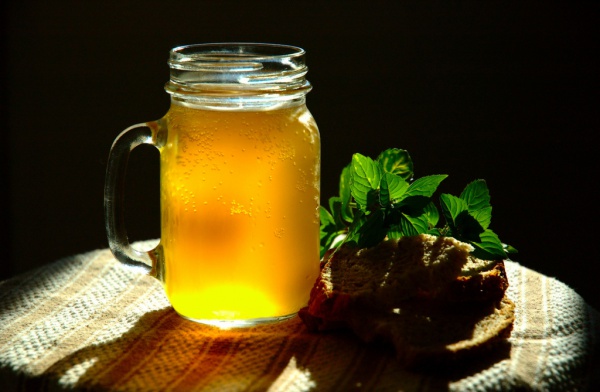Facts About Kvass
Kvass is a traditional fermented beverage originating from the Slavic and Baltic regions, typically made from rye bread. It is often considered non-alcoholic due to its very low alcohol content. The drink is sometimes flavored with fruits or herbs and holds a special place in Russian culture. The term "kvass" is derived from Old Church Slavonic, and it is known by different names across various languages.
The process of making kvass involves fermenting bread, usually rye, and occasionally incorporating fruits, berries, or even birch sap. Traditionally, the preparation begins by mixing malt with flour and water, allowing the mixture to ferment before adding yeast and any desired flavorings. Kvass has a long history, dating back to ancient Rus' and becoming particularly popular in Russia during the 15th and 16th centuries.
In contemporary times, the popularity of kvass has fluctuated, especially with the advent of Western soft drinks. Recently, however, there has been a resurgence in its popularity in Russia, with new brands and flavors emerging to cater to diverse tastes. Kvass is also enjoyed in countries like Poland, Belarus, Latvia, and Lithuania, each adding their own unique twist to the drink.
Culturally, kvass appears in various literary works and folklore. Similar beverages around the world include Lithuania's gira and other lacto-fermented drinks. Despite some challenges, kvass continues to be a cherished drink for many, with ongoing efforts to preserve traditional recipes and introduce healthier versions.

 Estonia
Estonia